
Join The Sandwich Universe co-hosts (and longtime BFFs) Molly Baz and Declan Bond as they dive deep into beloved, iconic sandwiches.
Listen NowPopular on Food52
8 Comments
Mary W.
December 8, 2013
I am a great cook. But for the life of me I have the worst time working with yeast! I kill it or I panic and don't have the water warm enough! I have used a multitude number of thermometers but no luck! I can't figure out what I am doing wrong! Help!!
Ashley M.
December 11, 2013
I usually combine hot water with ice water to get the perfect "yeast-friendly" temperature. Experiment with 1/4 to 1/3 very hot water and the rest very cold water, test with your finger for luke-warmness.
Panfusine
December 7, 2013
Perfect set of instructions, Thanks so much!, I have 2 gorgeous loaves cooling on my kitchen table. I did not measure temperatures exactly like you've done and let the first proofing go on for over 3 hrs, the Bread still looks & smells amazing. Thank you for the amazing recipe.
Lionel V.
December 6, 2013
Because the dough is wet, the best option would be to let the loaves proof on a couche. If you do not have a couche, you could use a towel instead. Parchment paper is another option, however, you would need to make sure that a mix of flour and semolina (or cornmeal) is placed underneath the dough so it does not stick to the parchment. Also, when letting Ciabatta proof on parchment paper, you need to create sides for the dough, so that it does not become too flat.
vbak
December 6, 2013
Could you let the loaves rise on parchment paper to make the transfer to the stone a little easier?
Lionel V.
December 6, 2013
Because the dough is wet, the best option would be to let the loaves proof on a couche. If you do not have a couche, you could use a towel instead. Parchment paper is another option, however, you would need to make sure that a mix of flour and semolina (or cornmeal) is placed underneath the dough so it does not stick to the parchment. Also, when letting Ciabatta proof on parchment paper, you need to create sides for the dough, so that it does not become too flat.
vbak
December 7, 2013
Thank you for your quick response. I ordered a couche and am excited to try it out!
Vicky
Vicky
Panfusine
December 7, 2013
I don't have a couche, Instead I let the bread proof over a plain woven straw place-mat that could be folded to create the sides for the loaves. It worked great.
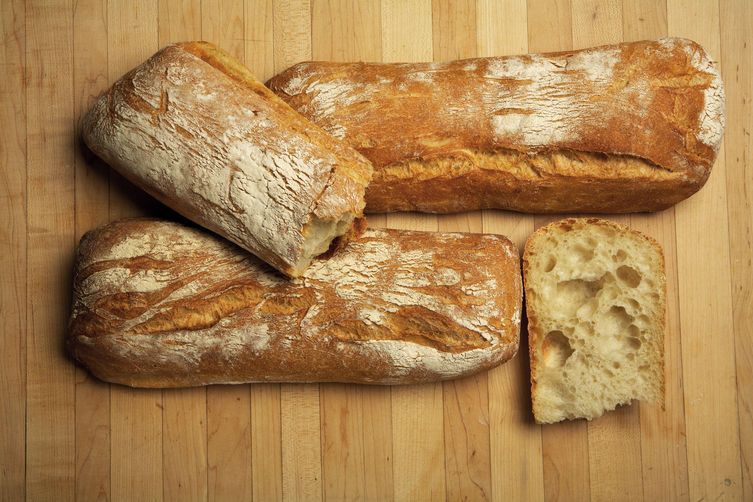
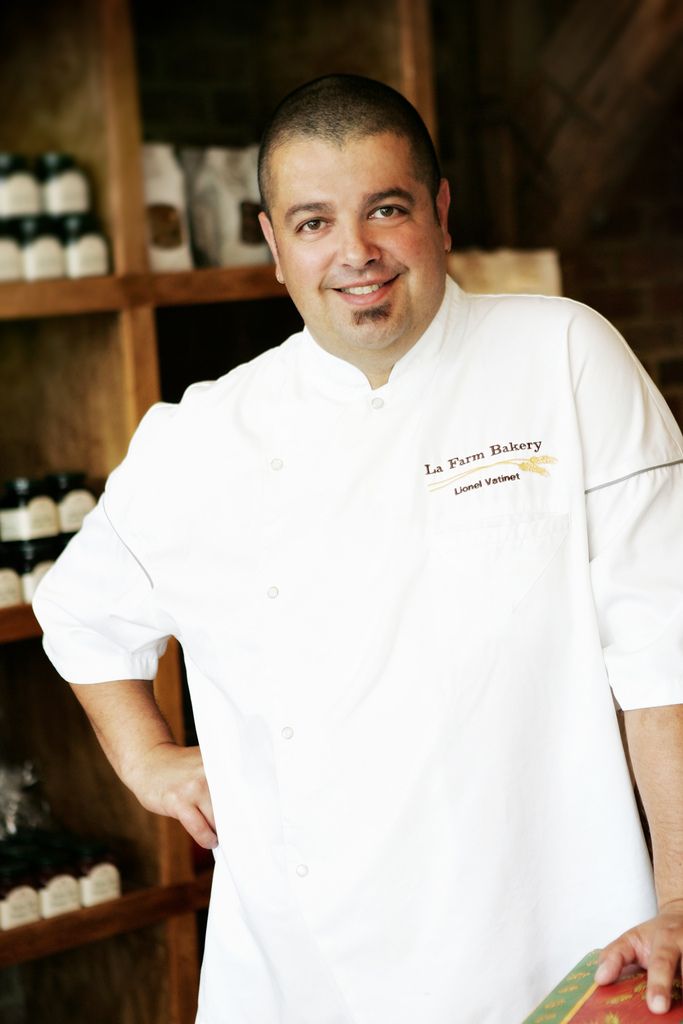

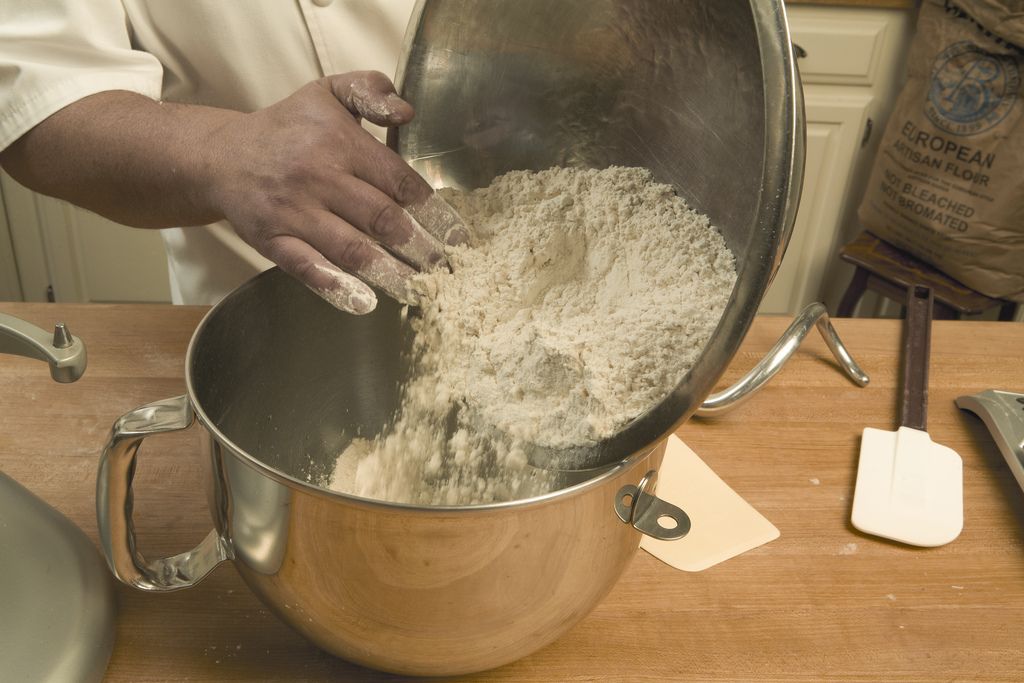


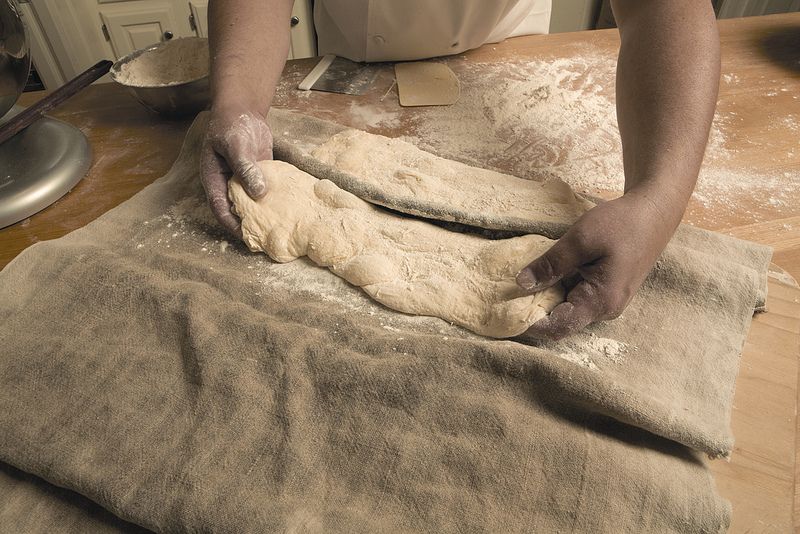
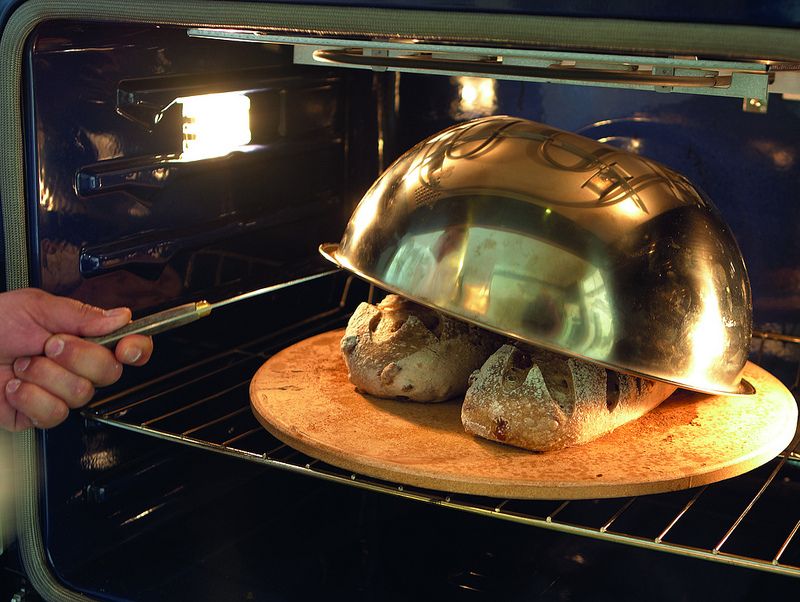
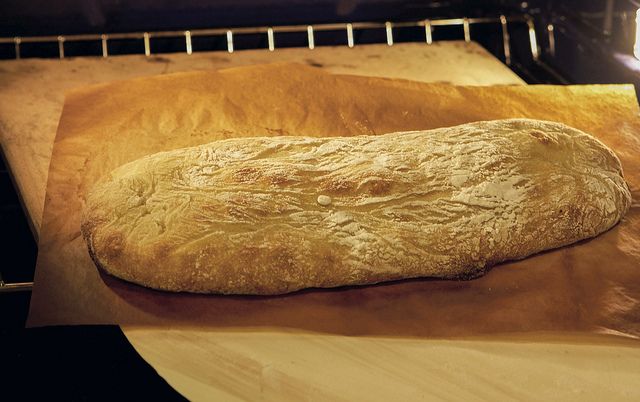

See what other Food52 readers are saying.